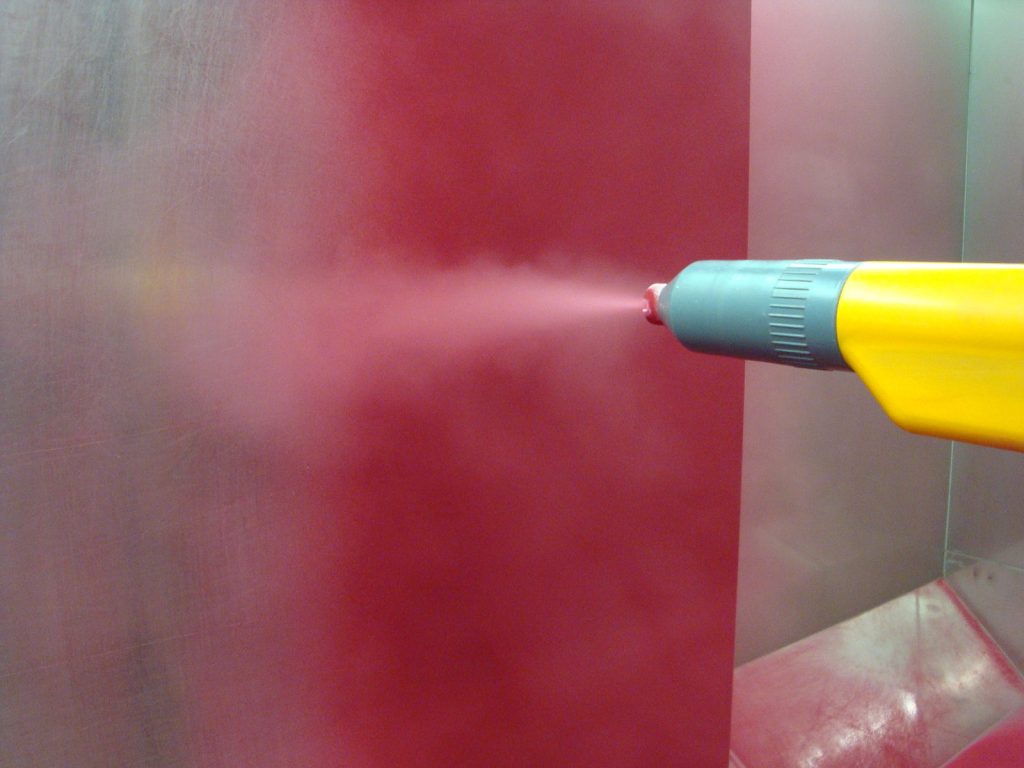
Surface finishing is important when using reactive metals like ductile iron and carbon steel. When these surfaces left unprotected, the iron in these metals reacts with oxygen to form rust. This means that the colourful exteriors aren’t just for decorations, they are barriers that prevent corrosion. Metal parts can be finished with either Powder Coat or paint. While both serve similar functions, each coating has its own advantages and disadvantages.
Both coatings have resins, pigments and additives. Their major difference is solvent. Wet paint has solvent while powder coating doesn’t. The solvent in paint is the reason why all the other components are in suspended liquid form. Powder coating, on the other hand, is applied as a dry powder.
Before searching about “powder coating near me”, read on and learn how this type of coating works, its advantages and how it differs from your regular paint.
Powder coating is a colour-finishing technique in which powder is used instead of paint. These powder coating services work by applying powder with spray tools and then heated to a chosen surface to form a colour coat. There are several ingredients can be used to make the powder in this process, such as polyester, acrylic, epoxy, and polyurethane. powder coating has a thicker and more consistent finish compared to paint.
When compared to paint applications, powder coat is more efficient because of an electrostatic process which can reduce waste by 95%. Most of the colour granules that go into a Powder coat application arrives on the surface and the amount that don’t can be reused for later application. Unlike paint, where conservation is impossible because it can be easily wasted.
No need to wonder what benefits you can get out of powder coating. In a nutshell, powder cats are strong, long-lasting, attractive and applicable to various surfaces. Here are some benefits of Powder coating:
Even though powder coating looks like it has many advantages, it does have a few disadvantages. This method limits you to thick coats along the surface of a given metal. In most cases, thin coats of a powdered polymer can result in bumpy finished similar to the skin of citrus fruit.
Although many consider powder coating the more durable and efficient options for finished on metal surfaces, this coating is not an option for rubber which melts when subjected to the electrostatic process. Powder coating can also be difficult to colour-match, particularly with metallic colours. Touch-ups, though rarely needed, can be problematic with powder coat finish.
Generally, industrial colour coats have been achieved by the self-explanatory process known as spray painting where the paint is applied in an aerosolized form through pump devices at high pressure. In most applications, the paint is transferred through pneumatic-powered tools or machinery to achieve a consistent and even coat on a chosen surface.
Before you can apply a coat of paint to your chosen surface, you will need yo clean the metal of any oily residue and dirt. After then you can treat the surface to a wet-blast of roughly 15-20 micrometres of paint. This process continues until the surface is evenly coated with a sufficiently thick layer of paint.
In comparison to powder coating, paint also has some benefits. The following are the benefits of paint coating:
Given all the benefits of paint considered, this type of coating also has its disadvantages. For starters, paint layers lack the durability that powder-coated finishes have. Over a period of time, a coat of paint will need touch-ups. In most situations, the painted surface will need an entirely new coat of paint in a course of several years.
Also, it is very difficult to achieve an even coat with wet paint. Whereas powder coats apply smoothly and evenly, paint tends to leave marks and can be under-applied in certain parts, over-applied in some areas and drippy on points. You will need a couple of coats to achieve a smooth even finish with paint.
Because of technological advancements and decreasing costs, more people are switching to powder coating especially in industrial applications. While there would always be a role for paint, you can expect more powder coating services offered on the market in the future.